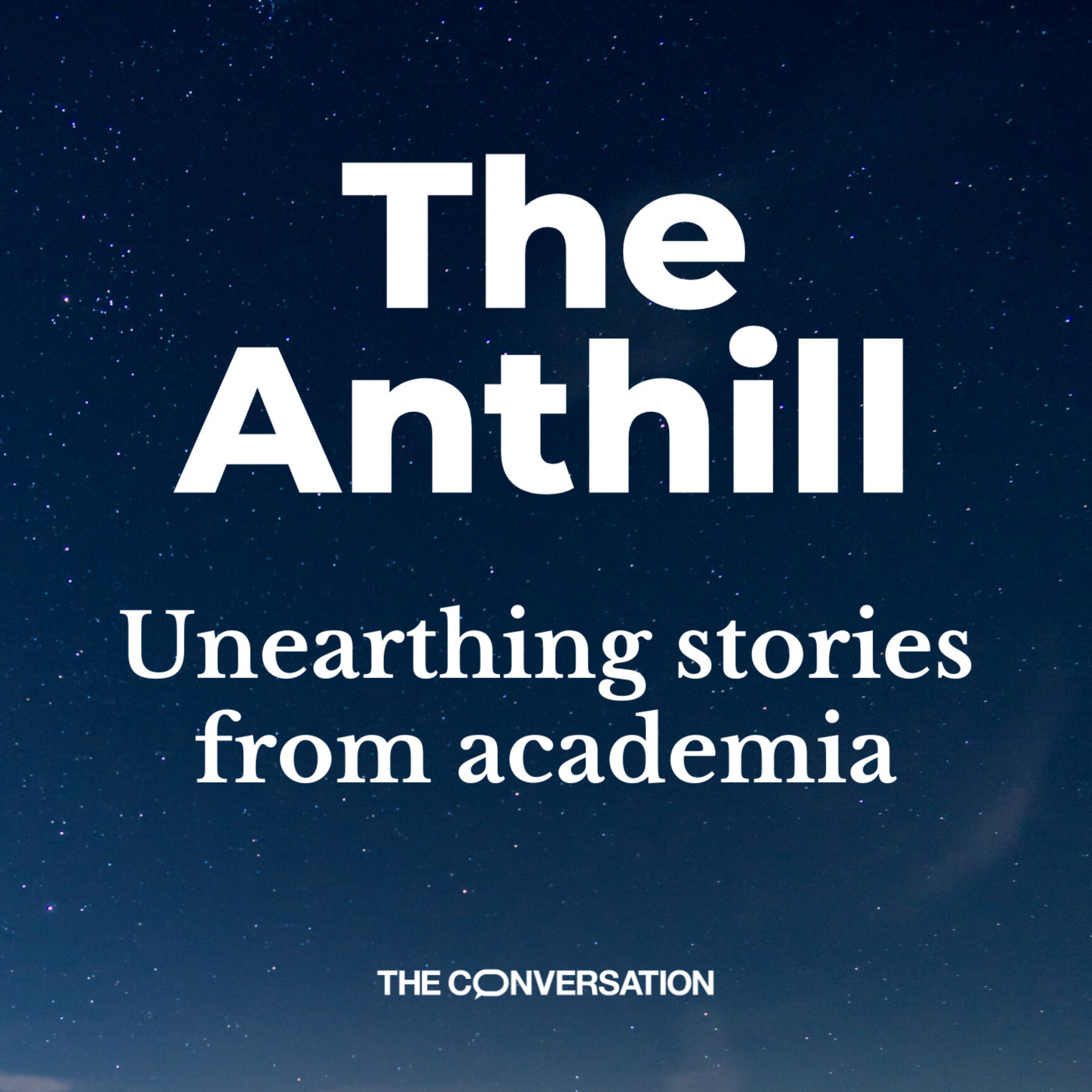Climate Fight part 4: the youth movement grows up
Description
Locked out of conferences and company boardrooms, young people have tried to influence the international response to the climate crisis with strikes and protests. In part four of Climate Fight, the world's biggest negotiation, we explore what effect this youth activism has, and where the movement will go next.
Featuring Harriet Thew, researcher in climate change governance at the University of Leeds, who speaks to youth climate activist Abel Harvie-Clark about his experiences. And Lynda Dunlop, a senior lecturer in science education at the University of York.
The Climate Fight podcast series is produced by Tiffany Cassidy. Sound design is by Eloise Stevens and our series theme tune is by Neeta Sarl. The series editor is Gemma Ware. You can sign up to The Conversation’s free daily email here. A transcript of this episode is available here.
Climate fight: the world’s biggest negotiation is a podcast series supported by UK Research and Innovation, the UK’s largest public funder of research and innovation.
Further reading
Environmental action: why some young people want an alternative to protests, by Lynda Dunlop, Lucy Atkinson and Maria Turkenburg-van Diepen, University of YorkYoung climate activists have far more power than they realise, by Anna Pigott, Swansea UniversityHow the youth climate movement is influencing the green recovery from COVID-19 , by Jens Marquardt, Stockholm UniversityClimate crisis: how states may be held responsible for impact on children, by Aoife Daly, University College Cork
See acast.com/privacy for privacy and opt-out information.
More Episodes
The quest for a theory of everything – explaining all the forces and particles in the universe – is arguably the holy grail of physics. While each of our main theories of physics works extraordinarily well, they also clash with each other. But do we really need a theory of everything? And are we...
Published 04/12/23
Published 04/12/23
What’s the difference between a living collection of matter, such as a tortoise, and an inanimate lump of it, such as a rock? They are, after all, both just made up of non-living atoms. The truth is, we don’t really know yet. Life seems to just somehow emerge from non-living parts.
Featuring Jim...
Published 04/05/23


